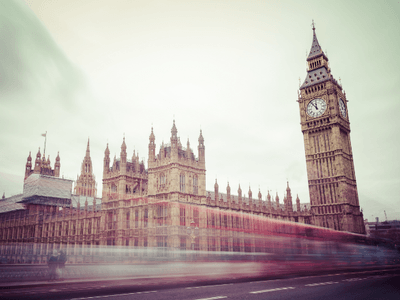Polls are predicting differing results, varying significantly whether they are conducted online or by telephone. Variations also occur if polls do not include options for “don’t know” or “undecided”. As investors ultimately seek some stability, it is worth covering the possible outcomes for the 24th of June.
If Britain votes to “Leave”, David Cameron has always said that he would stay on in power in order to supervise the transitional arrangements of Brexit. Quite how long that might take is open to debate. Optimists say that it might require two years whereas pessimists talk darkly of it needing a decade. Both Labour and the not inconsiderable number of Tory MPs who cannot stand Cameron would be clamouring for his successor. Graham Brady, chair of the 1922 Committee, would have to get 50 Tory backbenchers to sign up for a leadership ballot. At present, his party line is that he would like Cameron to stay to symbolise stability. If however Cameron goes, then Tory members will be presented with two names. With Michael Gove as his accomplice, the Boris Johnson ticket is likely to appeal overwhelmingly to the Eurosceptic membership.
The most likely outcome is a narrow vote to “Remain”. The “Leave” campaign will be stranded and bitter, feeling themselves robbed by prime ministerial deft handedness, resting largely on what is labelled “Project Fear”. Much of this might centre over the largely unprovable claim that Britain’s defence and security would be endangered by leaving the EU. Under these circumstances, a leadership challenge might well fail in the short term. However the damage to the Prime Minister would be akin to that suffered by Margaret Thatcher in 1989 or John Major in 1995. In neither case did their auth ority survive.
If there is a firm vote to “Remain”, the “Leave” side will still simmer with resentment, faced down by having to accept the will of the British people. Cameron is faced by five fairly moderate Brexit ministers and, if he is ruthless, he will sack them all, going on to re-state that he is in charge and his intention to see out his term until 2020. According to sources close to Downing Street, he has recently become more inclined this way. This would give him a breathing space in which to groom a credible successor. After one indifferent budget too many, it appears that George Osborne’s moment has come and gone. The strong back story behind Sajid Javid cannot now protect him, facing the fiasco of Tata Steel. This might all make way for Mrs May and a unity ticket, backed by strong Home Office and immigration credentials. There has also been talk around the newest cabinet minister Stephen Crabb.
Much of all this will depend upon how the respective campaigns play out. Aided by TV imagery of migrants and terrorist incidents, the “Leave” campaign has been making most of the running. However, Cameron, fresh from an overdue holiday, has yet to really apply himself to the “Remain” campaign. Jeremy Corbyn is busy deleting the caucus of his EU views from online sources and Labour’s campaign star Alan Johnson has yet to wield his effective lobbying skills behind Labour’s unionised interests that themselves favour “Remain”. Mid-April should start to see more careful delineation of battle lines, with both camps at present simply fighting like two ferrets in a sack. To date, the race has overtly been about the varying personalities of two Old Etonians, with the Prime Minister very much a solitary force in the “Remain” camp. Both Labour and Liberal Democrat support will gradually emerge. Of the Northern Irish partie s, the Ulster Unionists are tepid “Remain” candidates whereas the DUP are fervently for the “Leave” route.



